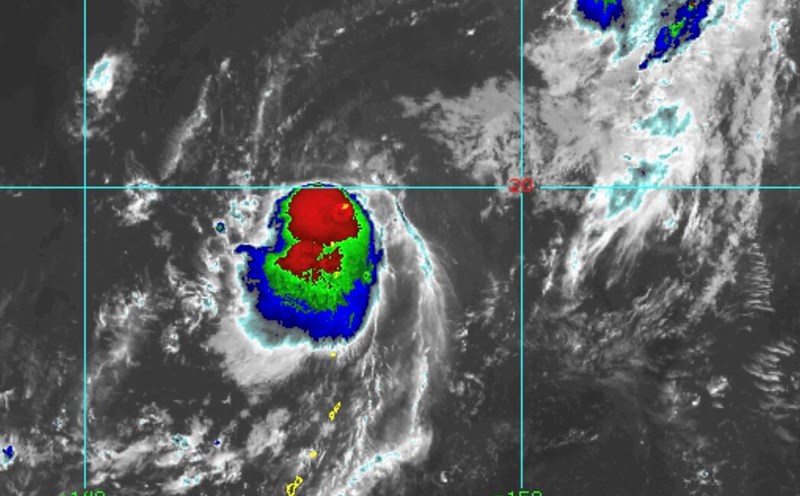The latest seasonal hurricane forecast, updated by experts at the National Oceanic and Atmospheric Administration (NOAA) on August 7, has adjusted the number of storms compared to the forecast in May.
The 2025 hurricane season is forecast to be above average, with five to nine hurricanes expected to form before the Atlantic hurricane season ends on November 30.
"Many factors that we have identified before the storm season are still having an impact. The developments of the hurricane season are largely in line with our forecasts for May," said Matt Rosencrans, NOAA's top seasonal hurricane forecaster.
NOAA's new forecast predicts that up to 18 named storms will be named for this year's hurricane season, one less than the previous forecast. So far, four tropical storms have formed in the Atlantic.
Of the five to nine hurricanes expected to form this year, NOAA experts predict two to five could become major hurricanes, meaning Category 3 or higher hurricanes to super typhoons.
This updated forecast comes as weather models see an increase in hurricane activity across the Atlantic.
"In the next two weeks, we could enter a very dynamic period," warned Phil Klotzbach, a hurricane forecaster at Colorado State University.
This is the time when strong typhoons tend to threaten land. "We still predict a slightly higher probability of major storms making landfall than average," said Klotzbach.
Hurricane experts point out that the warmer-than-usual temperatures in the Atlantic this summer could prompt storms. However, compared to the previous two seasons, the temperatures in the Atlantic in the recent period have remained cooler.
In July, extremely high wind shear across the Caribo region led to a calm storm period due to short wind shear preventing the storm from forming. Currently, wind shear has weakened, and forecast models show that wind shear will continue to weaken throughout August. These weather conditions are expected to lead to a typhoon explosion.
The sea temperatures are currently warm enough to fuel the storm. "Those unusual weather factors on the temperature floor make storms more likely to intensify rapidly," noted Brian McNoldy, a hurricane expert at the Rosenstiel School of marine, Atmospheric and Earth Sciences at the University of Miami, USA.
Unlike the much slower Atlantic hurricane season, the eastern Pacific hurricane season is moving much faster, with nine so far, including LPGS, which formed on August 6 and could bring heavy rain to the coast of Mexico.









